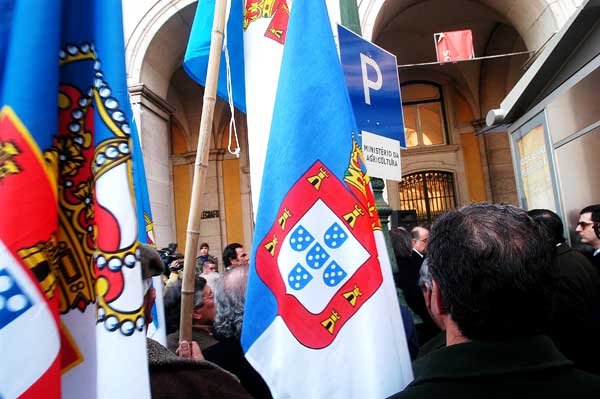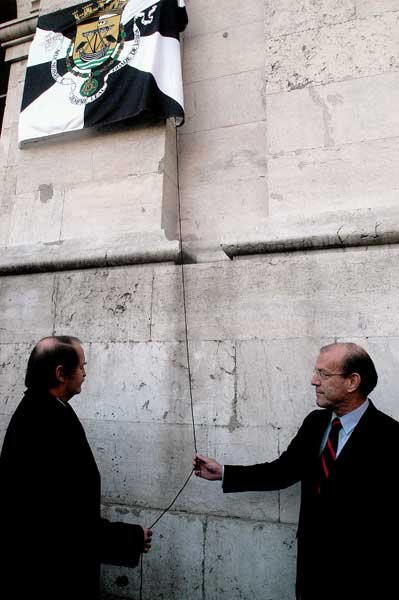Elsa M.
Heir Apparent , TRF Author
- Joined
- Dec 4, 2004
- Messages
- 5,808
- City
- --
- Country
- Portugal
Here's a video from this memorial:Elsa M. said:Next February 1st, a plate remembering the regicide of King D. Carlos and Prince D. Luís Filipe will be inaugurated at the Praça do Comércio (Lisboa), around 5:00 o'clock in the afternoon. Later, at 7:00 p.m., a mass will be celebrated in São Vicente de Fora with the attendence of the Duke and Duchess of Bragança. Finally, the retenue will go to the National Pantheon, where D. Duarte and D.ª Isabel will deposit a crown of flowers near the tombs.
http://xl.sapo.pt/?play=/MTEzODgzMTQ0MC43NTkyOQ==/MjAwNjAyMDFfcmVp/N2Q5ZGNjYTljNjI5ODY2NzViYTk5NjdkNjQ5YTQ2YTc=
(If the link doesn't work, try this one and select the one entitled "Viva o rei")
Last edited:













